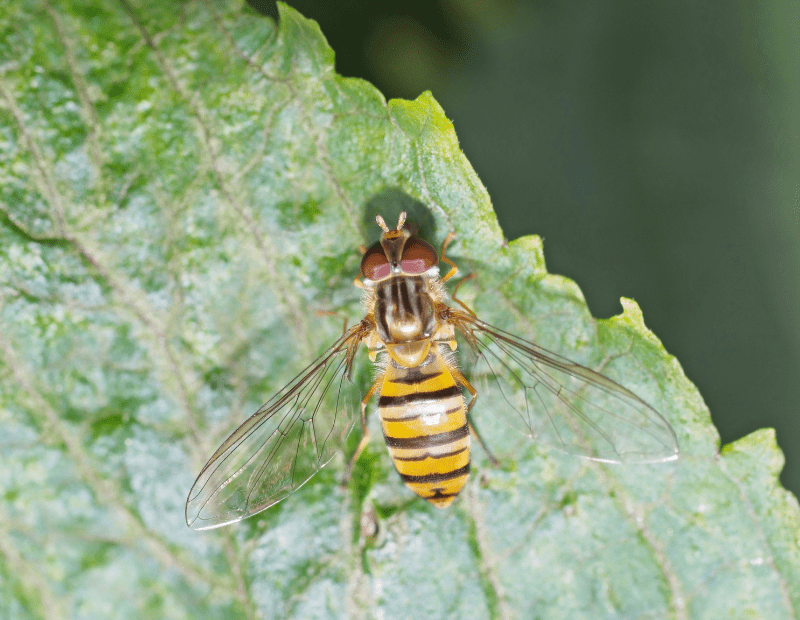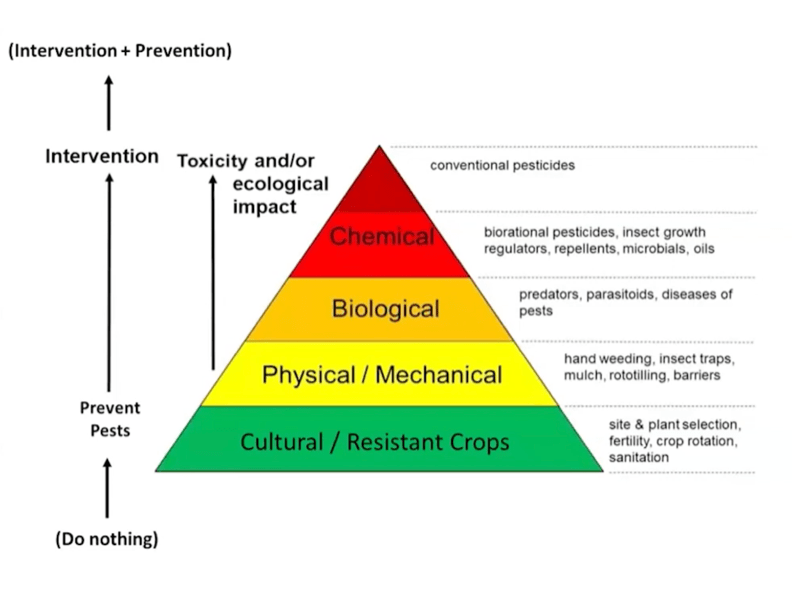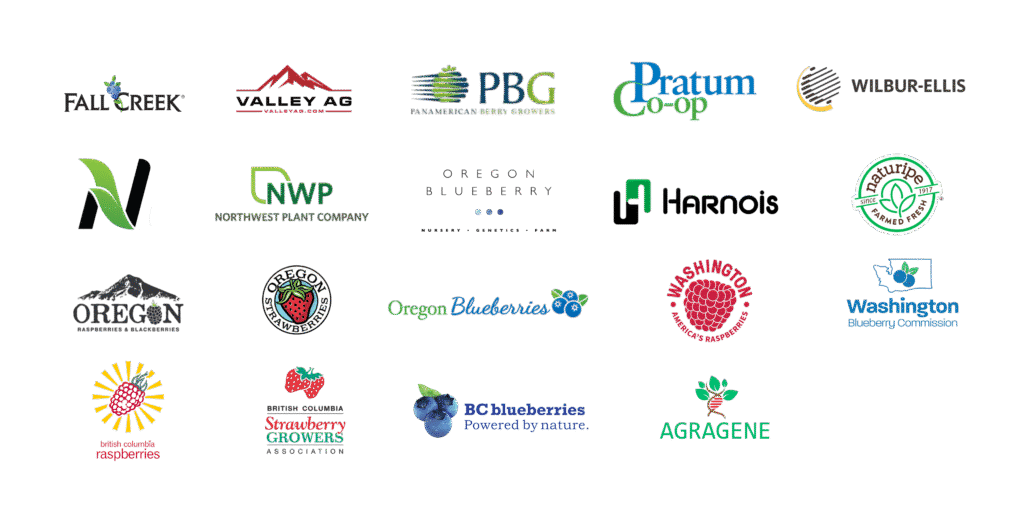
Industry standard tends to define IPM as having a spray plan and rotating chemistries where the other fundamental strategies are lost (ie. monitoring, using least to most intensive tools, etc). Perhaps people saw this acronym as “Insurance Pest Management” but alas it is not.
Here is the definition of Integrated Pest Management and a brief overview based on a SWD IPM workshop presentation by Louis Nottingham, a WSU entomologist.
IPM is essentially a decision-making framework for effective pest management. Rather than being a singular approach, IPM focuses on how to address pest challenges in a practical and cost-effective manner, while minimizing negative impacts both economically and environmentally. For example, a farmer might thoughtfully select their crops to mitigate risks. In a similar way, IPM provides a range of strategies to address pest issues. We begin with the least invasive and most economical methods and keep additional strategies available as needed.
Have you heard of the IPM triangle? It’s all about using a mix of tools and strategies to evaluate the situation, ensuring our approach is economically viable, reduces harm environmentally, and is practical/easy to manage. Here are the steps for using the IPM decision-making process for pest prevention:

Why bother with all of this? Well, having different approaches to pest prevention stops us from relying too much on one method. Just like a farmer diversifying their crops, IPM ensures we’re not putting all our eggs in one basket.
Does IPM have unrealistic expectations? Are there tools that should be prioritized differently?
Chime in below to join the conversation.

We have organized our mailing list to better serve our audience. Subscribe to receive exclusive updates from our weekly SFU newsletter or join our communications list for industry news, our events, forum alerts, and more. No spam. Just updates.